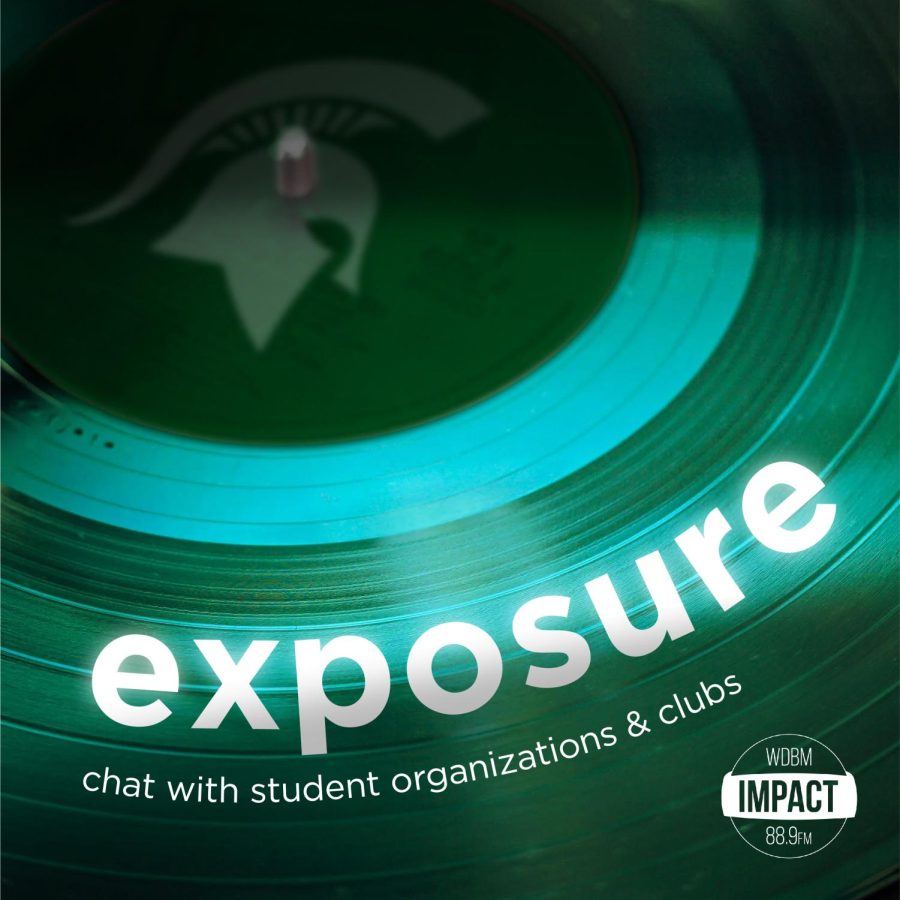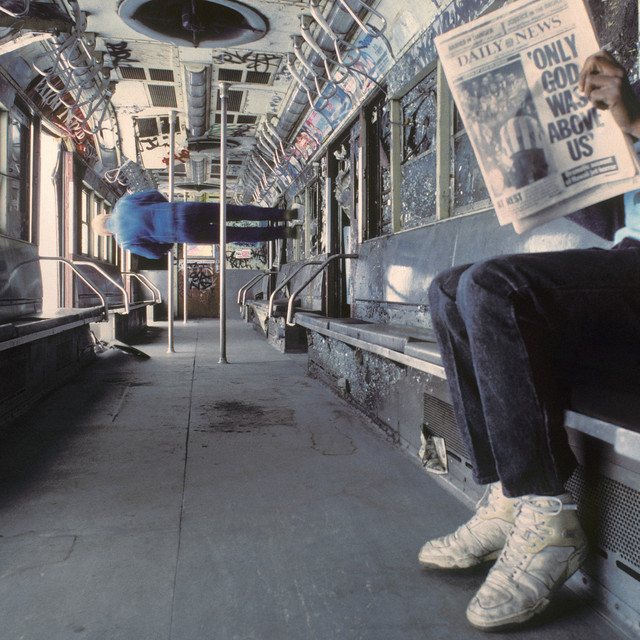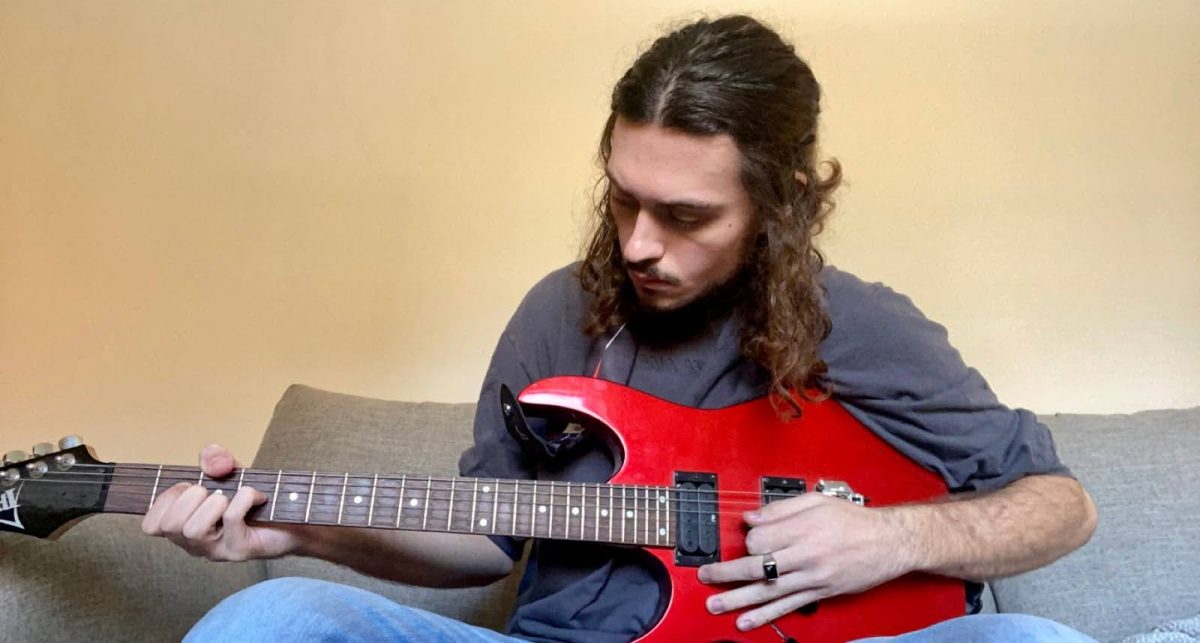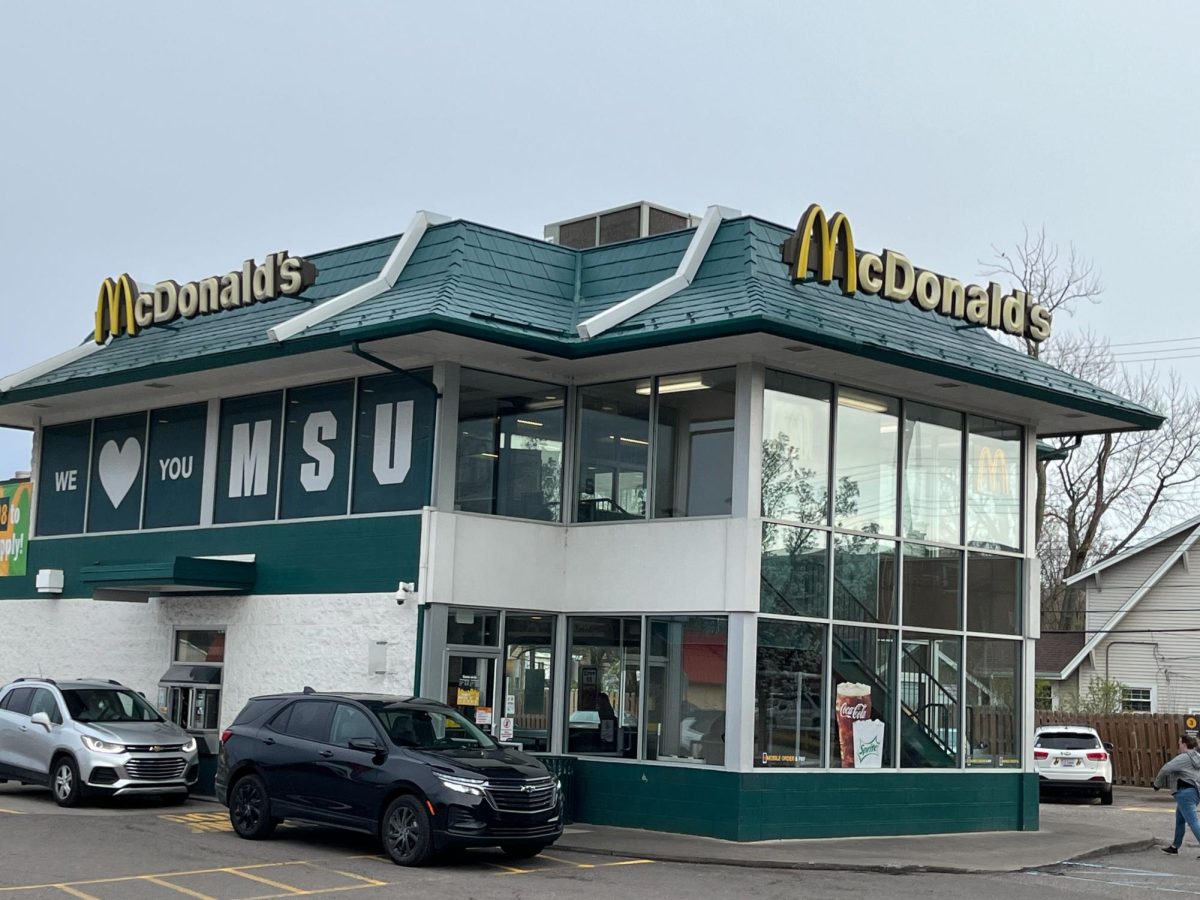Today’s weather forecast is predicting a few showers early in the day with overcast skies throughout the rest with a high of 69 degrees and a low of 58 degrees.
Consultants find understaffing inadequate software prolong MSU Title IX cases
Michigan State University’s Office of Institutional Equity, or OIE, has engaged in months of outside consulting work in hopes of improving the timeliness of their heavily criticized investigations.
The consulting work — conducted by project management firm Detroit Consulting Group, or DCG, comes after years of audits raising concerns about timeliness issues in the OIE, which is tasked with investigating and disciplining acts of sexual violence and discrimination under the federal Title IX statutes.
The audits found that on average, MSU takes about one calendar year to take a case from a report to a final resolution.
In hopes of shortening that timeline, MSU’s Title IX investigators and administrators conducted months of meetings with DCG, brainstorming and ranking potential solutions. Those meetings, DCG’s findings and the firm’s recommendations for change are detailed in documents obtained by The State News through public records requests.
The findings paint a stark picture of a mission-driven, “highly dedicated” staff that cares deeply about their work, but is hampered by understaffing, unfilled positions, constant leadership turnover, and an inadequate software system.
Whether MSU adopts the recommended solutions — mainly hiring of additional staff and replacing the software system — remains to be seen.
The consultants’ work also identified numerous issues and inadequacies with the case management system used by OIE staff to organize case files and evidence. The software — created for MSU by Boston software firm Emerald Compliance Solutions — has “significant weakness hindering the overall efficiency,” DCG found.
DCG also suggests that MSU assemble a committee of students, staff, and stakeholders to regularly review metrics and statistics detailing how long each step of the process takes. The firm argues that public monitoring would improve the transparency of the Title IX office and ensure timeliness continues to improve, because “what gets measured gets managed.”
What’s the best way to get around MSU? Students weigh in
With over 50,000 total students at Michigan State University this fall, transportation has stood out as an issue students have been worried about while starting school.
First-year students are relegated to walking, bussing or biking- anything but driving-, while second-year students and upperclassmen have the privilege of driving to school.
Or is it still a privilege, with the heightened cost of parking tickets and the efflux of permits available to students, as well as the various maneuvers they have to make while construction continues on campus?
There are four main ways of getting around campus during the school year: walking, driving, biking and taking the bus.
So which mode of transportation truly is the best to get around campus?
Well, although MSU has a mind-boggling 5,192-acre campus, do not fret; many students’ routes to classes are mostly 15–20-minute walks once they get onto campus.
For driving, whether you’ve had a first-hand experience with driving and parking on campus or just heard stories passed between frustrated students, it’s well known that campus parking has been a continuous issue with students and the MSUPS.
In June 2023, the MSU Board of Trustees approved an increased parking violation rate.
According to MSUPS, unpaid violations may also elicit additional fees or vehicle impoundment.
Capital Area Transportation Authority, or known as CATA buses, are one of the main ways that students get around campus. According to the papers stuck up in bus shelters, as well as the few apps people use to track the schedule, CATA is reliable: the 30-39 buses come every 15 minutes to each stop and take you to the drop-off nearest to your class.
However, in the past couple of years, the CATA buses have presented restrictions and changes that have caused students to deem them unreliable. From buses coming every 30 minutes instead of every 15, or not even coming at all during the winter, when the buses are usually the most popular, students have had to succumb to walking to their classes.
As far as biking, it might seem like the most efficient way to get around campus, as it takes less time than walking and taking the bus and you do not need to pay, unlike driving.
There are only a few rules that come with roaming around campus with your bike: register your bike, lock it, park it in a bike rack, and keep it under good riding conditions.
Based on original reporting by Alex Walters and PJ Pfeiffer.



































